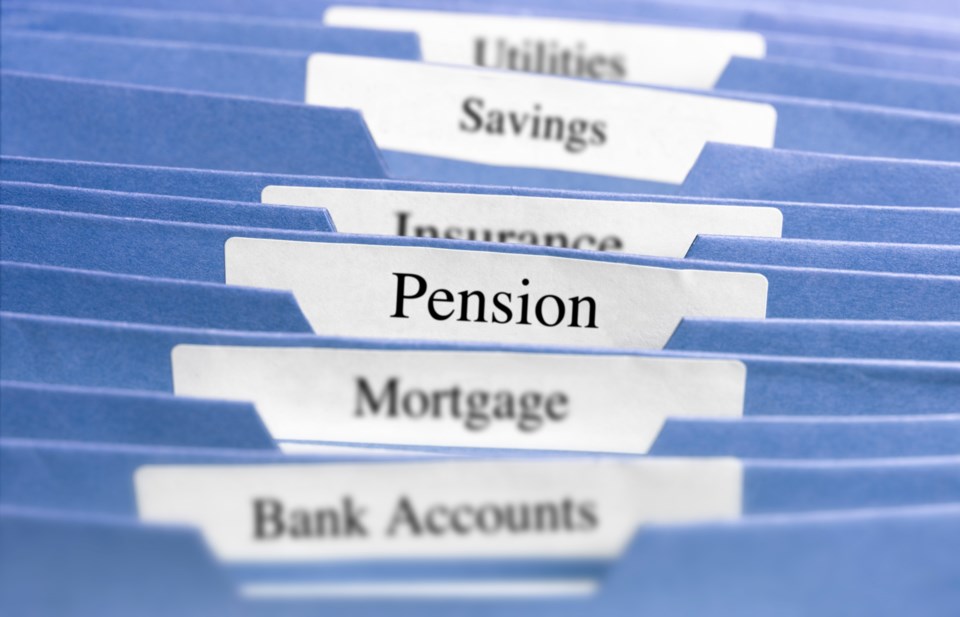One-third of retired Canadians between ages 55 and 75 have retired sooner than originally planned, according to a recent RBC survey.
And while the survey didn't provide insight into why people decided to take advantage of their golden years earlier, Selene Soo, director of wealth insurance at RBC Insurance, offered her guess.
"If I had to wager a guess, with the last two years, it could have been that it wasn't of their own choice. Just because of businesses going under, companies downsizing or streamlining their staff. Over the past two years, maybe they were able to save a little bit more. I don't know how much more but they were able to save a little bit more because of not travelling or doing a lot of those types of activities and just decided that life is too short, and they wanted to retire sooner."
Another 30 per cent of Canadians have plans to change their retirement date, in part because of economic uncertainty and inflation.
For recently retired Canadians, the survey found more than a quarter are exceeding their expenditure than they planned for, while four in 10 reported having unexpected expenses to cover. That includes health-care costs and home repairs, which have become exacerbated by inflation.
Soo says this trend could be looked at in two ways.
"Number one would be... they're spending some of their retirement savings helping out family. When I look at my own parents, they're constantly buying things for my kids. So it's like, instead of travelling, they're spending it on other things. Because my parents are avid travellers, and now that they're not travelling there, they're doing other things with their money. And a lot of people are doing upgrades to their home. And, just using their retirement savings that way," she says.
But the second aspect is inflation.
"I think we're kind of all feeling the pinch of inflation these days," says Soo, pointing to high gas prices and the increasing cost of groceries.
And that's why Soo advises Canadians to have a diversified portfolio that can withstand the "ups and downs of the market."
A diversifed portfolio means spreading one's assets in different forms such as cash, equities, mutual funds, ETFs. In short, not putting all your money in one basket.
"And by having all of these different types of portfolios, it'll help protect your retirement money, and ensure that it lasts longer," says Soo.
She notes receiving guidance from a financial advisor is key when it comes to a person's retirement plans.
"Speaking with an advisor will make sure that they're on track to make sure that their portfolios are able to withstand rises of inflation. They're able to withstand market volatility that we've seen over the past, I would say, two to five years. It's able to withstand emergencies in case you need to dip into your savings," she says.
The survey also found that more than half of Canadians rely on TSFAs, RRSPs and CCPs, respectively, while only seven per cent of Canadians are using annuities, and three per cent are relying on segregated funds.
Annuities provide guaranteed income streams that don’t fluctuate with the market, and segregated funds include guaranteed investment funds (GIFs) that keep the original investment safe while it grows.
For example, Soo says, "if you invest $100,000, into a segregated fund, and three years later, the market tanks and your market value of your investment is only $75,000, the insurance company will top up your investment to $100,000. It's a really good tool to use, if you want to protect the value of what you put into the product [investment account]."




